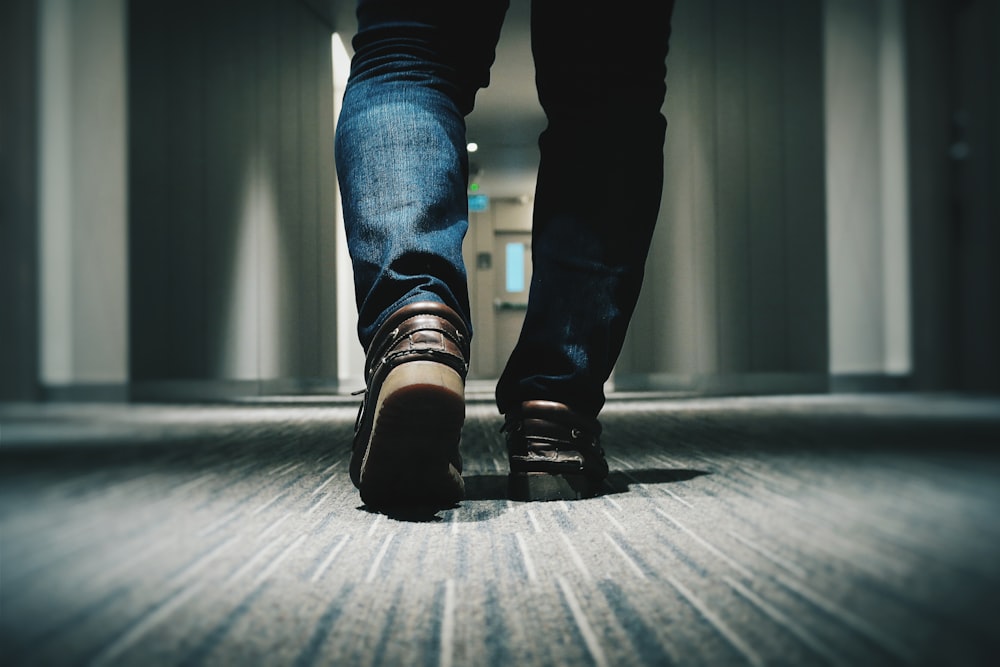目次
人工股関節全置換術例の歩容から将来的な転倒を予測できる?
人工股関節全置換術例の理学療法において歩容の改善は非常に重要なテーマであります.
歩容の改善は歩行の効率を改善させるのみならず,外観上の問題,隣接関節障害の予防といった視点でも非常に重要となります.
しかしながら歩容が転倒と関連するかどうかはこれまで明らかにされておりませんでした.
今回は人工股関節全置換術例における歩容が将来的な転倒と関連するか否かを明らかにした報告をご紹介させていただきます.

今回ご紹介する論文
J Arthroplasty. 2018 Oct;33(10):3215-3219. doi: 10.1016/j.arth.2018.05.044. Epub 2018 Jun 6.
Gait Abnormality Predicts Falls in Women After Total Hip Arthroplasty.
Ikutomo H, Nagai K, Tagomori K, Miura N, Nakagawa N, Masuhara K.
今回ご紹介する論文は2018年に掲載された新しい論文です.
本邦で行われた研究です.
研究の背景および目的
Patients who undergo total hip arthroplasty (THA) have an increased risk of falls during the first year postoperatively. However, risk factors for falls after THA remain unclear. We investigated the relationship between gait abnormality and falls during the first year after THA.
人工股関節全置換術を施行された症例は術後1年間の転倒リスクが高くなることが明らかにされております.
しかしながら人工股関節全置換術例における転倒のリスク要因については不明であります.
この研究では人工股関節全置換術例における歩容と術後1年間の転倒との関連性を明らかにすることを研究の目的としております.
研究の方法
We conducted a prospective cohort study of 286 patients with severe hip osteoarthritis who underwent THA and examined fall history during the first year postoperatively. Baseline characteristics including age, body mass index, number of prescribed medications, comorbidities, and history of falling in the past year were evaluated as covariates and determined using a self-administered questionnaire and interview preoperatively. We assessed functional outcomes, including passive range of motion of the hip joint (flexion, extension, abduction, and adduction), muscle strength (hip abduction and knee extension), gait velocity, and gait abnormality, at 3 weeks postoperatively. Cox proportional hazard regression models were used to analyze the relationship between the presence of gait abnormality and falls.
研究は前向きコホート研究で,末期の変形性股関節症に対して人工股関節全置換術を行った症例のうち術後1年間の転倒に関する追跡調査が可能であった286例を対象としております.
ベースラインの基本的データとして年齢,BMI,服薬数,合併症,1年間の転倒について評価を行っております.
また術後3週の段階で股関節屈曲・伸展・内転・外転可動域,筋力,歩行速度,歩容を評価しております.
コックス比例ハザード回帰分析を用いて歩容と転倒との関連性を検討しております.
研究の結果
One hundred sixty-two women were included. The incidence of at least 1 fall during the first year after THA was 31.5%. Cox proportional hazard regression models showed that the presence of gait abnormality (hazard ratio, 2.91; 95% confidence interval, 1.55-5.48; P < .001) was significantly associated with falls during the first year postoperatively.
162例の女性が最終的な対象となっております.
1年以内に転倒した人工股関節全置換術例の割合は31.5%でありました.
コックス比例ハザード回帰分析の結果,歩容は有意に術後1年の転倒と関連しておりました.
研究の結論
The presence of gait abnormality is a useful screening tool to predict future falls in women after THA. Clinicians should assess gait abnormality to identify patients who may require fall prevention measures and continuous rehabilitation to improve gait abnormality.
歩容の評価は人工股関節全置換術後の将来的な転倒を予測する上で有用であることが明らかとなりました.
われわれは歩容を評価し転倒を予測するとともに,歩容改善に向けて介入を行うことで転倒の発生を予防する必要があります.
今回は人工股関節全置換術例における歩容が将来的な転倒と関連するか否かを明らかにした報告をご紹介させていただきました.
歩容と転倒との関連を明らかにした素晴らしい内容ですが,歩容の評価が主観的な評価である点がこの研究の大きな限界であります.
ただ歩容を機器を用いることなく客観的に評価するのって難しいと思いますので,臨床研究としてはこういった方法論が限界なのでしょうか.







コメント